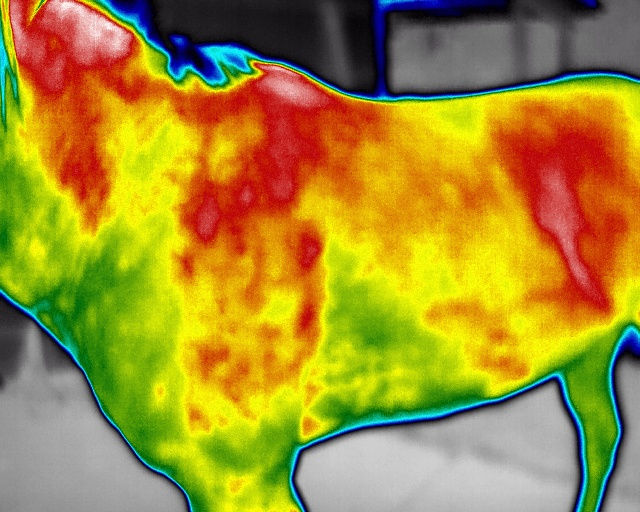Wisdom Wednesday: 5 Myths About Holistic Animal Care (and the Truths Behind Them)
- Dr. Angelique Barbara

- Sep 17
- 2 min read
Holistic bodywork can do a lot for comfort, mobility, and stress relief—but it also attracts myths that confuse owners and new practitioners. Here are five I hear often, plus how we address them in practice.

Myth #1: “Massage replaces veterinary care.”
Truth: Bodywork complements your veterinarian; it doesn’t diagnose, treat, or cure disease.
Why it matters: Animals deserve a coordinated team. Red flags (fever, acute lameness, open wounds, unexplained weight loss, neurological signs) are vet first. After a diagnosis, bodywork can support circulation, fascia mobility, relaxation, and recovery.
In practice: I obtain informed consent, review history, and keep clear referral pathways. Session notes never claim a medical cure; they document comfort and functional changes.
Myth #2: “If it doesn’t hurt, it’s not working.”
Truth: The best releases happen in relaxation, not with force.
Why it matters: Gentle, sustained techniques help the nervous system shift into a parasympathetic state—heart rate drops, breathing softens, and tissues let go. Force can trigger guarding or fight/flight and often backfires.
In practice: I watch for “green-light” signs—soft eyes, sighs, licking/chewing, weight shifts, deeper breathing—and I stop if I see bracing, tail swishing, head tossing, or pinned ears. Short, quiet sets beat long, intense ones.
Myth #3: “One session fixes everything.”
Truth: Lasting change comes from an assessment-driven plan over time.
Why it matters: Compensations build in layers. Most cases need 3–6 sessions with simple homework (movement, environment tweaks, handling changes). We progress from global myofascial work to more specific techniques, reassessing each visit.
In practice:
Observe gait/posture → 2) Palpate and prioritize → 3) Treat → 4) Reassess → 5) Adjust plan.Owners get 1–2 easy at-home habits to lock in the gains.
Myth #4: “Taping/laser/acupressure points are universal.”
Truth: Application is individualized to the animal’s history, coat/skin, palpation findings, temperament, and safety.
Why it matters: The “right” spot or setting depends on the presenting pattern, not a generic map. Safety varies too—e.g., avoid active infection, follow device guidelines, patch-test tape on sensitive coats/skin, and respect all contraindications.
In practice: I build a quick hypothesis from observation, confirm with the hands, and then choose technique and placement. Less is more: a few well-chosen applications beat a scattershot approach.
Myth #5: “Holistic = unscientific.”
Truth: Evidence-informed holistic care uses testable goals, safety protocols, and outcome tracking.
Why it matters: Massage, photobiomodulation (cold laser), and acupressure all have growing research bases. Being holistic means we consider the whole animal—biomechanics, environment, stress, and human–animal bond—while staying within scope and documenting results.
In practice: I set measurable aims (e.g., smoother right lead, longer stride, easier haltering), track changes, and communicate clearly with the veterinary team.
Quick Owner Checklist
Vet exam up to date? ✔️
Clear goal for bodywork (comfort, mobility, recovery)? ✔️
Short series scheduled (not just a one-off)? ✔️
Simple homework you’ll actually do (5 minutes or less)? ✔️
Red flags? Call your vet first.
Ready to go deeper?
If you’re curious about the how—from assessment flow to safe technique progressions—try the free trial of our Equine or Canine Massage courses. You’ll see real case frameworks, contraindication checklists, and session planning templates you can use immediately.



Comments